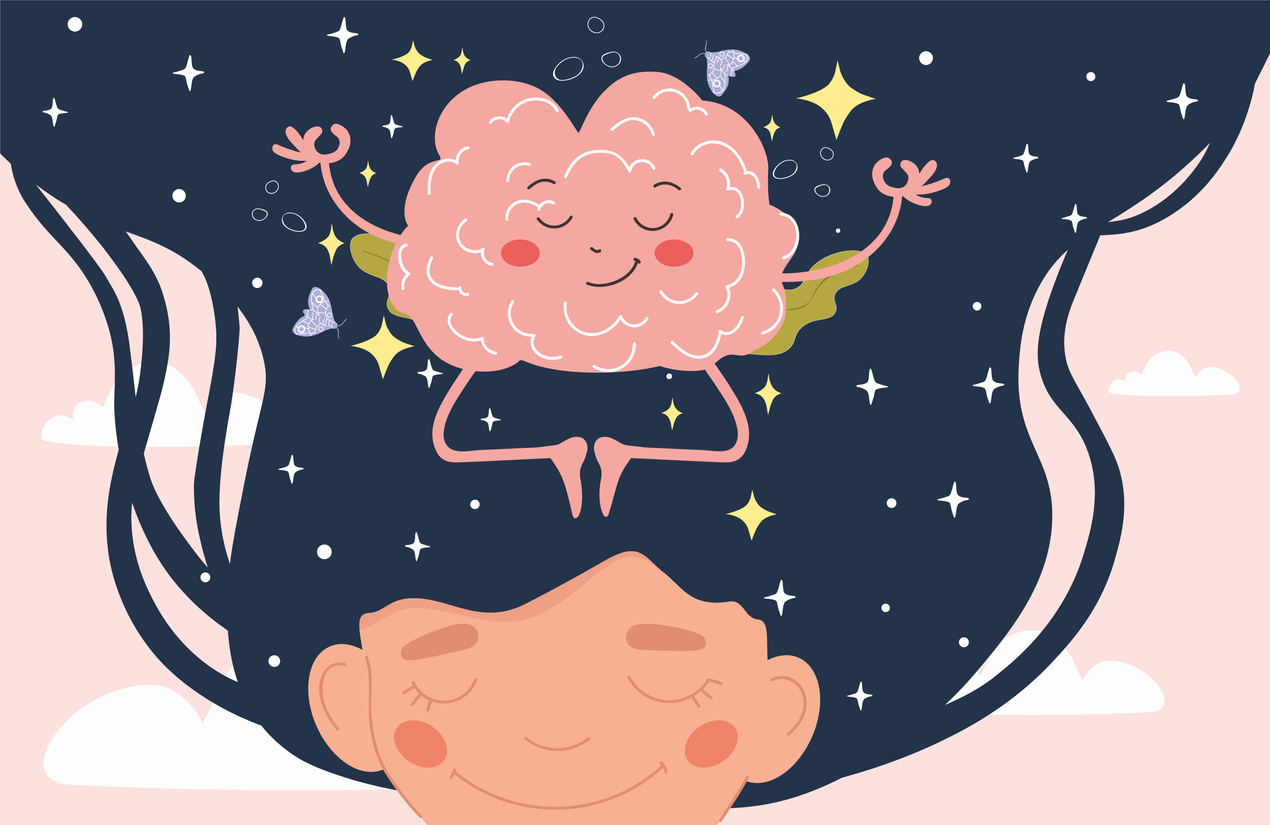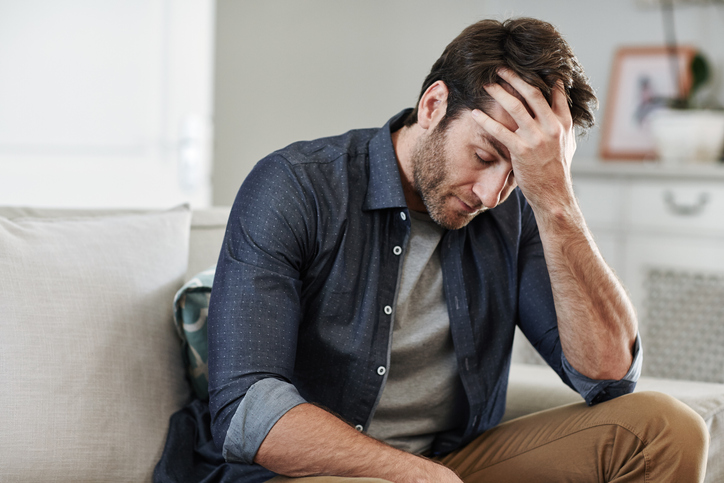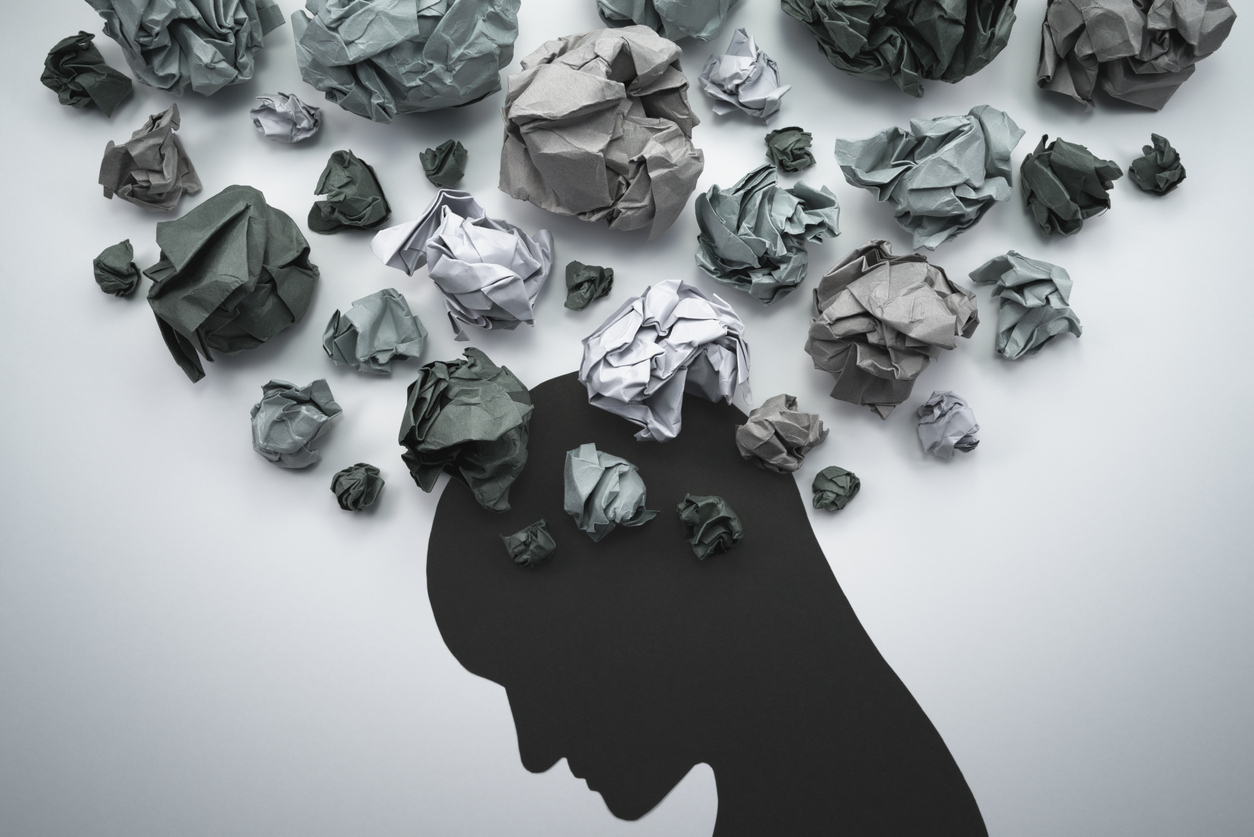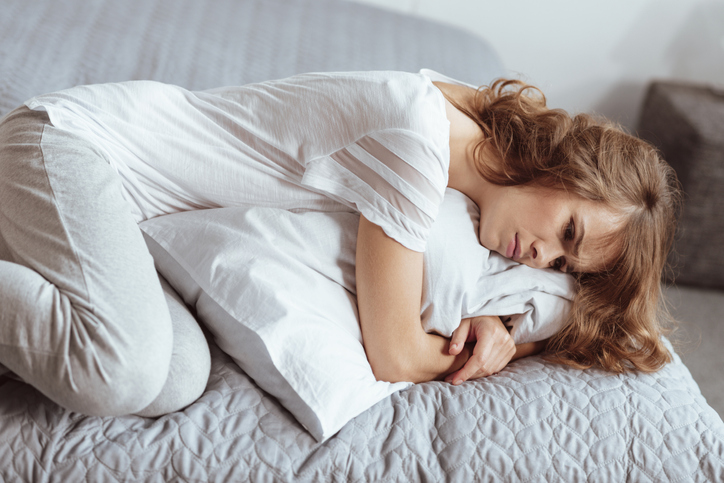Living with Chronic Pain
9 Self-Help Tips for Managing Depression and Chronic Pain

Research shows that between 30 and 50 percent of individuals with chronic pain also deal with a mood disorder, such as depression or anxiety. In addition to seeking professional help, here are nine self-help tips that can be done at home to help with depression that is often associated with chronic pain.
1. Maintain a daily journal.

Daily journaling provides an outlet for any pent-up emotions. A journal should include how chronic pain manifests both physically and emotionally. Expressing feelings in a journal is an easy way to identify any negative thought patterns that may need to be addressed.
2. Try relaxation techniques.

Relaxation techniques can help reduce both stress and pain. Examples include yoga, guided imagery, and breathing exercises .
3. Eat healthy.

Incorporating certain foods in the diet can help reduce feelings of anxiety and depression. Examples include leafy greens, nuts, citrus fruits, and fatty fish. Eating certain foods is also an effective pain-reduction method.
4. Use distraction techniques.

Keeping the mind engaged and preoccupied with healthy activities provides a distraction from pain. Using distraction techniques provides individuals with a greater sense of control over their pain, which can improve mental well-being. Examples include working on a puzzle, reading a good book, or visiting with a friend.
5. Set aside time for hobbies.

It is important to set time aside for enjoyable hobbies despite chronic pain. Various modifications can be made to hobbies to accommodate various chronic pain conditions.
6. Join a support group.

Various online and in-person support groups are available to offer support and help prevent isolation. Visiting a local library or community center to inquire about local in-person support groups is a good start..
7. Set small, achievable goals.

Setting and accomplishing one small goal each day, rather than aiming for something that is beyond reach, increases self-esteem and provides a sense of accomplishment. A goal could be something as simple as saying one positive thing daily or going for a 10-minute walk around the block five times a week.
8. Create a healthy sleep routine.

Sleep is an important part of a healthy lifestyle. Adequate sleep can also help reduce chronic pain symptoms. Maintaining proper sleep hygiene can help. This may include a healthy dinner at 6 p.m. followed by 30 minutes of television, a relaxing bath, and reading one chapter in a book.
9. Stay active.

Physical activity improves both physical and mental well-being. Engaging in physical activity stimulates endorphins — the hormones that stimulate the “feel good” centers in the brain. Regular physical activity also increases flexibility and improves muscle strength.


















